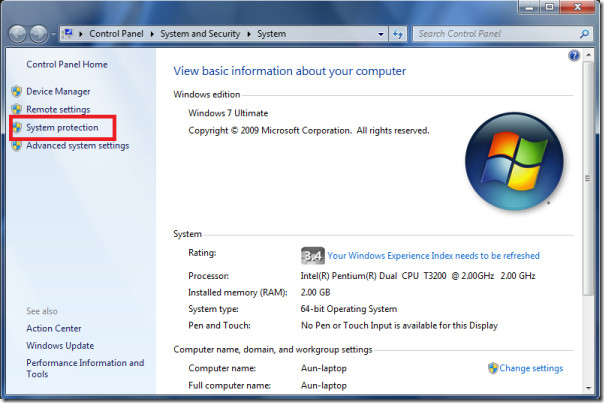



Unter Vista kann die Funktion durch einen gleichzeitigen Druck auf die Windows- und Pause-Tasten, oder über die Systemsteuerung unter „Leistungsinformationen und -tools“, aufgerufen werden. Zudem soll einfacher erkennbar sein, bei welcher Hardware-Komponente das Aufrüsten sinnvoll ist. Ursprünglich sollte ein Nutzer auch erkennen können, ob eine Software mit einer erforderlichen, vom Hersteller vergebenen Leistungszahl, auf einem gegebenen System läuft. Die Funktion soll dem Nutzer dabei helfen, die Leistungsfähigkeit seines Systems zu bewerten.


 0 kommentar(er)
0 kommentar(er)
